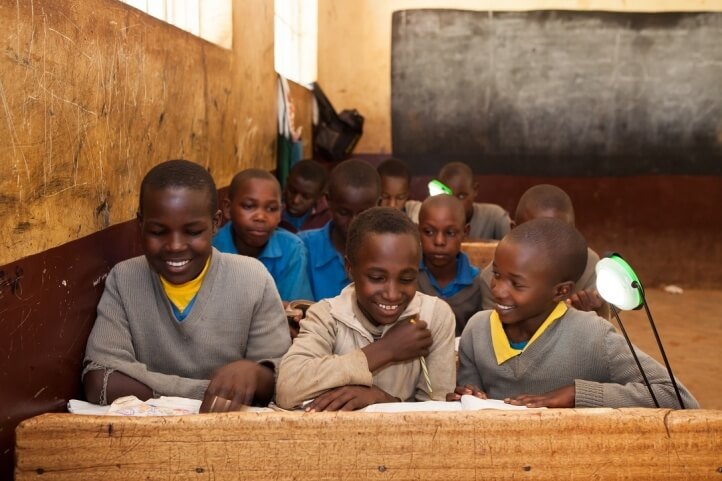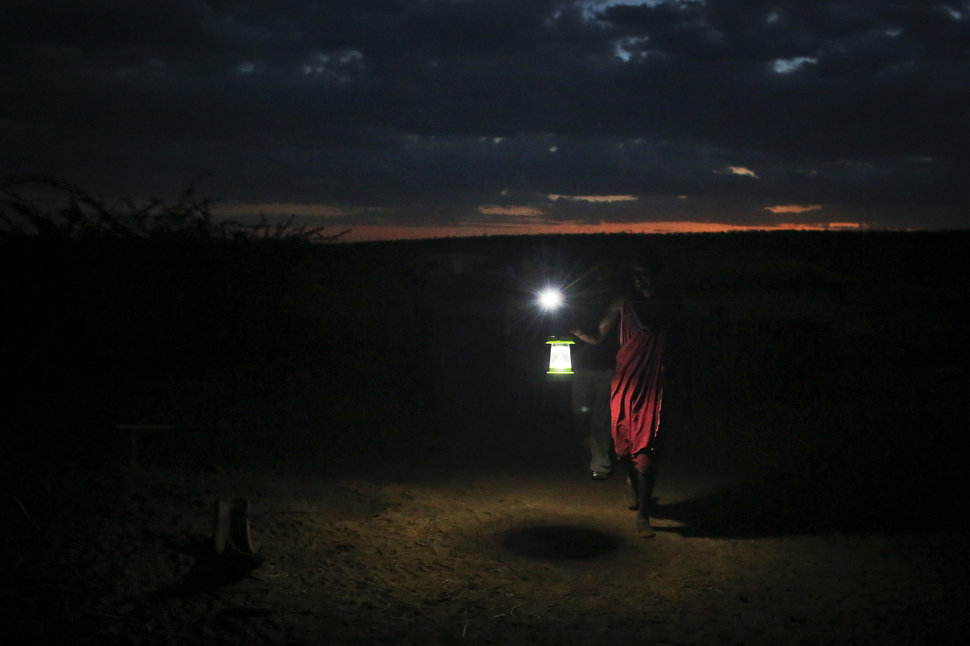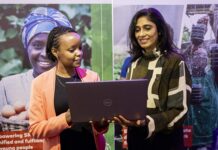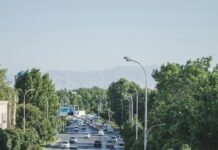By Fred Deya
Armed with bows and arrows, dozens of young men and women from a remote village in East Pokot, Kenya’s Baringo County take matching strides about the muddy dynasties that are sandwiched by thorny shrubs. One of the half-clothed young men gestures for instructions as each of them takes cover.
For East Pokot people’s routine, when the dark falls security for both human and livestock is bestowed due to historic cattle rustling that has hit the area for a longer time, and for straying wild animals that could easily feast on their dear livestock.
For many decades, cattle rustling among the pokot communities and their neighbors have been a major problem resulting into recurring communities’ conflicts.
Failure of communication and constant violence has been witnessed all through, instilling fear among the nomads. But for all these years of hampering discrepancies, who on earth would have identified something as simple as a solar-powered light could lay a bridge of peace negotiation in the conflict-prone East Pokot?

For a peaceful community, some members from pokot identified a solution that could showcase the end of human conflict due to trendy cattle rustling.
Pokot’s elder Joseph Kwopin acquired some 50 pieces of SunKing Mobile solar lights through a solar manufacturing and distribution company known as SolarAid which operated through a formed social enterprise; Sunny Money.
“People from pokot are currently following a new model of village reconciliation. The initiative is moving well in the country”, recalls Joseph.
Distance from community conflicts among the marginalized community in the dry part of Baringo, access to electricity has been a pipedream for the marginalized community.
The Pokot dwellers have always preferred to light firewood as their source of light. But now things have taken another dimension; solar light for a ‘peaceful community’.
The introduction of solar lantern in the report villages of pokot is an array of business opportunity that gives a boost for communications hence peace and conflict reformism.
Pokot elder who is also working closely with SolarAid said that there has been a setup of barter trade meeting whereby different communities can reopen communications while swapping different products for highly prized solar lamps.
The solar lamps also give pleasant environment to study for school going children. This has acted as platform to bring children together whereby they converge at a single house as they study together.
Most of the people used to involve in cattle rustling have been youths. But since the introduction of solar lamps, a number of children have hanged their guns, bows and arrows to concentrate on their studies.
Joseph Karanja who is a solar operator and technician through solarAid form SunnyMoney solar lights initiative to promote peace in East Pokot. This was after rubbing shoulders with the East pokot’s ‘Kingpin’, Joseph Kwopin.

Karanja was asked by pokot elder to come and help the village open communication channels through the exchange and use of solar lights. This initiative is similar to the one he launched in Eldoret, in the same County.
According to Karanja lights can be used to change the future of communities but what is needed is sort of inspiration and perspiration.
SolarAid is a charity with the mandate to combat poverty and climate change and help provide access to solar lights in remote regions around the world. Eliminating smoky kerosene lamp has been part of their agenda.
According to SolarAid findings, about 44 pounds of airborne carbon dioxide are prevented annually.
According to Karanja the initiative kicked off back in 2006 with a great response whereby about 40,000 lamps were explored in the market. He said that solar lights are changing lives across most of the poorest regions in Africa, Kenya being in the front line.
Up to now the figure of solar lamps distribution stands in Africa at over 11 million, with SunnyMoney accounting for over 1 million pieces of the mobile lanterns.
The solar initiative at east pokot rendered added advantages to poor nomads. It improved health, save money, encouraged study, extend the working hours in a day, and increases security.













